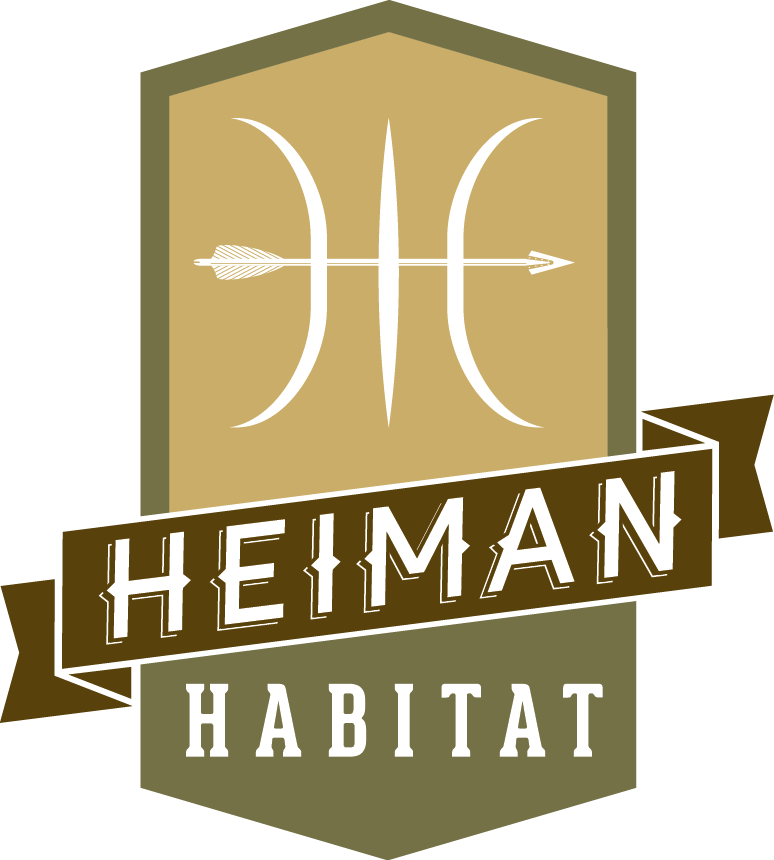Last year we took a tour of some of the historic huts in the Australian Alps and Kosciuszko National Park area. It was fantastic. But there was one thing that kept nagging at me – and it wasn’t the lovely lady wife.
It was the Kosciuszko Wild Horse Heritage Bill, which was passed into law in 2018. This was the product of a small but vocal group of feral horse supporters in the Snowy Mountains that had lobbied hard for several years to protect this feral introduced species. Bowing to the pressure, the NSW Government opted to protect the animals, ignoring the advice of its own Threatened Species Scientific Committee, and that of many other subject matter experts. This was despite the fact that the feral horse is listed by the NSW Threatened Species Scientific Committee as a Key Threatening Species and its grazing was a Key Threatening Process to a number of endangered species and, indeed, to the entire ecosystem.
The prevalence of feral horses in the Park was so obvious that, at one camp site I seriously considered wearing my gumboots around camp. I normally carry these for 4WD recovery and to retrieve the odd lure while fishing. But in this instance, it was in response to the sheer volume of horse shit lying around!
By the time we got to the Cooleman Plains, it was clear that the Park was heading towards disaster. In one paddock near the Blue Waterholes Campground, I stopped counting the feral pest when I reached a tally of 150 of them – all in plain eyesight.
After having a near-miss with one close to the Yarrongabilly Caves and Homestead, I wasn’t surprised when I later heard that the Snowy Mountains Highway had been closed because of wild horses. In the face of prolonged drought, heightened numbers of ferals were concentrating near the roads and permanent water making them a real and present danger to motorists.
The steady increase in feral horse numbers is directly attributable to the NSW Government’s decision to protect the pest. Reports indicate that five years ago, it was estimated that there were approximately 6,000 feral horses in the National Park area. Since then, the feral horse population has increased at a rate of 23 per cent a year, with the current estimated numbers settling at a staggering 20,000.
Now, consider that Kosciuszko National Park was designated as a National Park more than 75 years ago to protect native species and water catchments from the impacts of stock animals … The decision in recent years to protect wild horses, fuelled by emotion rather than science, has had the exact opposite effect, making a mockery of the intent of those forward-thinking individuals who originally established the Park.
Just last weekend the Press reported that, with the recent fires having burnt around 35 per cent of the Park, feral horses have been pushed into a more concentrated area, increasing the trampling of wetlands which are the habitat of critically endangered species like the northern corroboree frog and the stocky galaxias fish. And let’s not forget the effect of these lolloping hooved introduced equines on other native animals such as the Alpine she-oak skink and the broad-toothed rat.
In this context, it was a relief to hear NSW Environment Minister Matt Kean announced last week that about 4,000 feral horses will be removed from three of the significant wildlife habitat areas, covering about 57ha, in the north of the Park. While this move is no doubt applauded by conservationists and other scientifically minded people, it’s equally condemned by supporters of feral horses. And the question is – has enough damage yet been done for common sense to finally prevail.
A mere six years ago, the NSW Government was looking to reduce the numbers of feral horses from a total of 5,000 down to 600 over 20 years. This would have involved a rate of pest reduction that achieved environmental outcomes while being relatively non-confrontation to the ‘Brumby Protection People’. Now that the numbers of horses are so high, and the environmental threat so acute, it’s become inevitable that direct action now needs to be taken, in greater numbers and far quicker than was previously proposed. The situation is one in which Australia’s endemic species have been placed at unnecessary risk – while the total number of horses that need to be removed from the Park right now is so much higher than would have been the case a few years back. It’s a wonder that the lobby groups can’t see the irony.
The question that now needs to be answered is how to reduce the numbers? The only truly effective way to cull is through aerial shooting. But with such high numbers needing to be dealt with, what will happen to the carcasses? Will adequate government resources be set aside to collect them? If not, they will simply act as ‘Predator Dams’. That is: the feral pigs, foxes, dogs and cats will find themselves the beneficiaries of a massive banquet which will increase their numbers and generate new environmental risks that will need to be planned for and dealt with as well.
The answer to the quandary isn’t to simply allow a bunch of horse enthusiasts to take to the hills and recreate themselves in the guise of ‘The Man from Snowy River’, rounding up horses and driving them into stockyards, with no idea as to what happens to them next. Management of feral horses is a problem to be solved by level-headed, well informed and appropriately resourced professionals – not cowboys. The time for real leadership is now. Our alpine ecosystems depend on it.



